In the wardrobe of contemporary women, the status of handbags is irreplaceable. Handbags have become one of the important accessories for women, whether it’s shopping or working, they can meet women’s daily needs.
However, the history of handbags can be traced back hundreds of years. The following is a detailed introduction to the historical development of handbags:
Ancient handbag
In ancient times, people used handbags that can be traced back to the 14th century BC. At that time, handbags were mainly designed for the convenience of carrying and storing gold, silver, treasures, and important documents. Due to the fact that wealth at that time mainly existed in the form of coins, handbags were usually small, hard, and made of precious materials. These handbags are usually made of ivory, bones, or other precious materials, and their decorations are also very luxurious, with jewelry, gemstones, metal, and silk embedded on them.
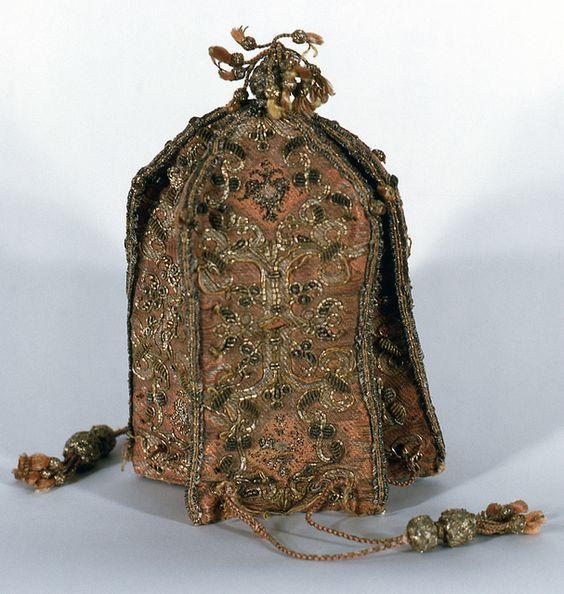
Renaissance handbags
During the Renaissance, handbags began to be widely used. At that time, handbags were used to carry valuable jewelry and decorations, as well as to store literary works such as poetry, letters, and books. Handbags also began to appear in various forms and styles at that time, with various shapes such as square, circular, oval, and half moon.
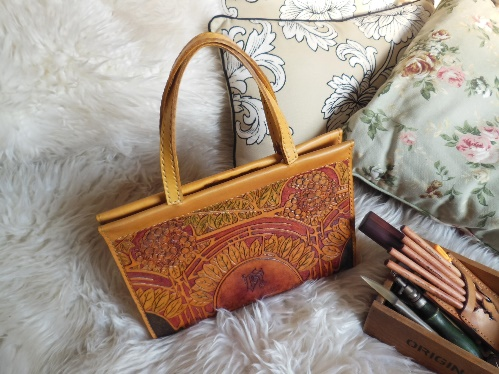
Modern handbag
In modern times, handbags have become a major fashion accessory, and many fashion brands have also begun to launch their own handbag series.
In the late 19th century, Swiss manufacturer Samsonite began producing suitcases and handbags, becoming one of the early manufacturers of handbags.
At the beginning of the 20th century, the design and production process of handbags also further developed. Handbags were no longer just storage tools for valuable items, but became a convenient and practical accessory to carry.
In the 1950s and 1960s, handbags gained unprecedented popularity. At that time, the design and materials of handbags were very diverse, with handbags made of materials such as leather, satin, nylon, linen, etc. The design of handbags has also become more fashionable and diverse, with various styles such as straight, long, short, large, and small bags.
With the rise of the television and film industries, handbags have become increasingly important in culture. Some of the most iconic handbags have also become fashion symbols in movies, television and advertisements. For example, in the 1961 film Breakfast at Tiffany’s, Audrey Hepburn played a role with the famous “Chanel 2.55″ handbag.

In the 1970s, with the increasing participation of women in the workplace, handbags were no longer just a fashion accessory, but became an essential item in women’s daily work. At this point, the handbag not only needs to be beautiful, but also practical, able to accommodate office supplies such as files and laptops. At this point, the design of handbags began to develop towards a business style.
Entering the 21st century, with the upgrading of consumption, consumers have increasingly high requirements for the quality, design, materials, and other aspects of their handbags. At the same time, the popularity of the Internet has also made it easier for consumers to access brand information, placing greater emphasis on brand reputation and word-of-mouth.
Nowadays, handbags have become an indispensable presence in the fashion industry. Different occasions require different styles of handbags, which should be beautiful, practical, and in line with fashion trends, making handbag design more difficult and challenging.
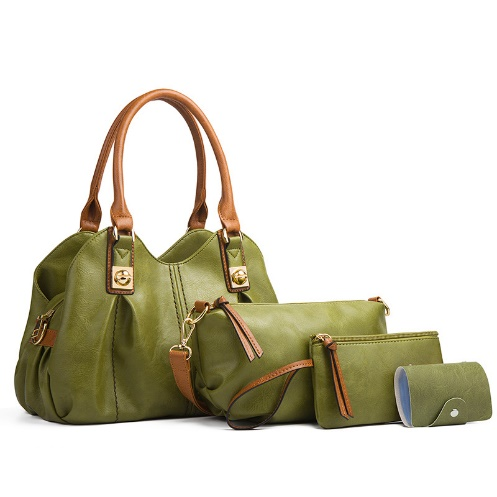
China Advanced Customized Women’s Handbag Business Foreskin Leather Brand Customization Manufacturer and Supplier | Litong Leather (ltleather.com)
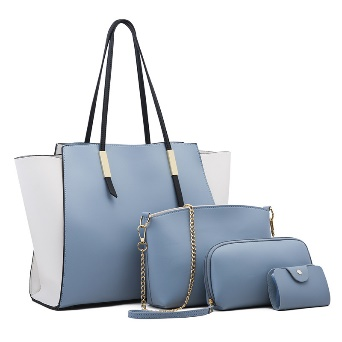
China LIXUE TONGYE Women’s handbag Wallet large capacity fashion bag Manufacturer and Supplier | Litong Leather (ltleather.com)
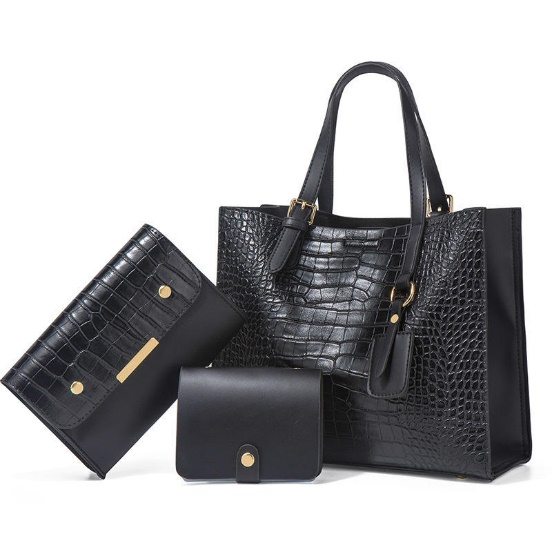
China Cheap Wholesale Set Women’s Bag Red Handbag Business Manufacturer and Supplier | Litong Leather (ltleather.com
Overall, the historical development of handbags not only reflects the pursuit of fashion and aesthetics, but also reflects the changes in society and culture. Its evolution is closely related to the changes of the times, reflecting people’s continuous pursuit and change in quality of life, work needs, and cultural aesthetics.
Post time: Apr-12-2023




